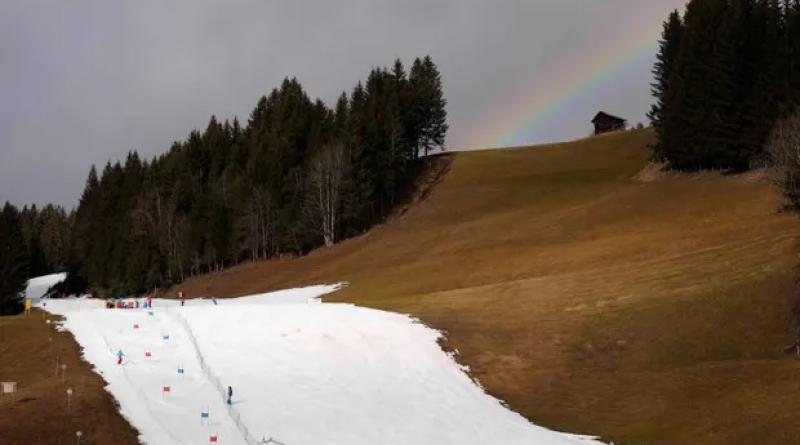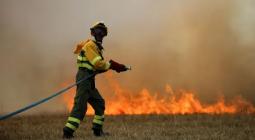Warm winter days do not instinctively feel like an extreme weather event. Unlike the freezing bomb cyclone endured by the US at Christmas, or the floods that swept through the Philippines, they are unlikely to cause immediate widespread death and devastation. At a time when soaring energy costs have pushed so many into poverty, many will have welcomed the warmth that has been felt across Europe, especially the millions in Ukraine suffering due to Russia’s attacks on its power infrastructure.
Yet the heatwave should alarm us all. Though it may have been less punitive to experience than last summer’s record temperatures, which led to thousands of deaths, it has spread across many more countries. “We can regard this as the most extreme event in European history,” said one climatologist. Poland, where the average January temperature is around 1C, saw the thermometer climb to 19C on New Year’s Day. At least seven more European countries have seen record highs. Ski resorts closed slopes or resorted to artificial snow. Though the weather might seem mild, it is disrupting crops and wildlife, and of course sudden thaws can lead to avalanches or floods.
Natural variations in weather demand caution when attributing individual events. But the pattern is unmistakable: rising temperatures and extreme weather events intensified by human-made global heating. On Thursday, the Met Office confirmed that 2022 was Britain’s hottest year on record, with the annual average temperature passing 10C for the first time – and the heat made 160 times more likely by the climate crisis. Nasa says that the last decade saw eight of the 10 warmest years since modern records began in the 1880s. A shift that was previously clear in data is now viscerally confronting people who may previously have been largely indifferent to the risks. Lines on a graph are easier to ignore than trees flowering in the wrong season, flash floods and unbearable heat or cold.
Ten years ago, it would have seemed outlandish to talk of the kind of temperatures and extreme weather now witnessed regularly. Frighteningly, all this is happening with a rise of just 1.1C above pre-industrial temperatures. Yet 2022 set other records too: renewables are performing far beyond predictions. A new wind power record was set last May, with the UK producing enough to cover half its electricity needs. Technological improvements and economies of scale have brought down the price of generation as fossil fuel prices have soared.
The government now needs to turn its emissions targets into action. So far, it has been lamentably slow in doing so and in some cases – such as in offering approval for a new Cumbrian coalmine – is actually going in the wrong direction. It should be smoothing the path for renewable firms and investors. The Oxford Farming Conference currently in progress offers an important chance to drive down the substantial emissions resulting from farming and food production; ministers show no signs of seizing it. There is no real transport strategy; the government is refusing to release the emissions figures behind its decarbonisation plan. It needs to prioritise insulation and other measures to cut domestic emissions. Economics and traditional national security concerns now point in the same direction as environmental protection – there is no excuse for delaying further. The door is closing fast, but there is still a way out. The UK, and other nations, must take it while they can.





